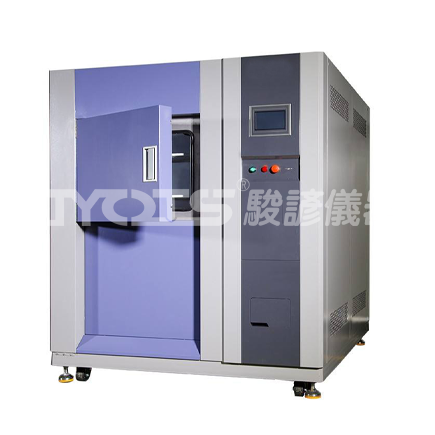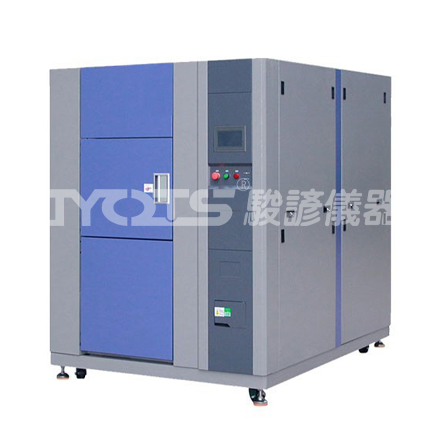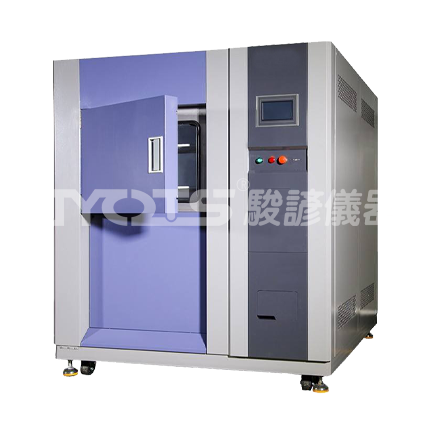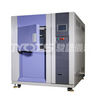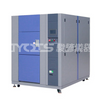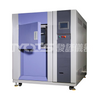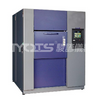PRODUCT DETAILS
Product Details
Temperature Parameters
- Temperature Range: Typically ranges from -80°C to 200°C, with common ranges such as -65°C to 200°C, -40°C to 150°C, -55°C to 150°C, etc.
- Temperature Fluctuation: Usually, the temperature fluctuation in the high-temperature and low-temperature chambers is ≤ ±1°C to ±2°C, while the sample area temperature fluctuation when stabilized is ≤ ±0.5°C to ±1°C.
- Temperature Deviation: Generally should be ≤ ±2°C.
- Temperature Recovery Time: Typically within 5 minutes, for example, the device can restore the sample area temperature to the set range within 5 minutes when switching from high-temperature exposure to low-temperature exposure or vice versa.
Cooling and Heating System Parameters
- Cooling System: Often uses a closed-loop air-cooled single-stage compression refrigeration method or a closed-loop air-cooled cascade compression refrigeration method. Compressors are commonly selected from imported brands like "Tai Kang" from France. The refrigerants used are often eco-friendly options like R404A, R23, etc.
- Heating System: Generally an independent system, using nickel-chromium alloy electric heaters or finned stainless steel electric heaters for heat exchange.
Circulation System Parameters
- Air Circulation System: Uses temperature-resistant, low-noise air conditioning motors, equipped with multi-blade centrifugal impellers or multi-wing fans. If a special fan is used, the forced air circulation system ensures uniform temperature inside the chamber.
Size and Volume Parameters
- Internal Box Dimensions: Common internal box dimensions include 400×500×400mm, 450×450×500mm, 600×600×600mm, 800×800×800mm, etc.
- External Box Dimensions: External box dimensions vary based on internal box size and equipment structure, such as 1700×930×1650mm, 1800×1080×1650mm, 200×215×250cm, etc.
- Volume: Volumes typically range from 50L to 1000L, with common sizes including 80L, 100L, 150L, 250L, 360L, 480L, 500L, etc.
Control System Parameters
- Controller: Often uses imported microcomputer integrated controllers, such as imported LED digital display (P, I, D+S, S, R) microcomputer integrated controllers, or TEMP880S 5.7-inch LCD color touch screen, with both Chinese and English display functions.
- Control Precision: Allows precise temperature control, with setpoint temperature accuracy up to 0.1°C and time accuracy to 1 second.
Safety Protection Parameters
- Protection Devices: Includes fuse-less switches, compressor overpressure protection, overheat protection, overcurrent protection, overtemperature protection, fan overload protection, fuses, desiccant protectors, and dry heat protection functions.
Other Parameters
- Power Supply: Typically AC380±10%, 50Hz three-phase four-wire + protective ground.
- Power Consumption: Power size varies depending on the model and specifications, generally ranging from 5kW to 15kW.
- Test Weight: The sample area weight capacity is typically between 20kg to 50kg.
- Standard Accessories: Typically includes one φ50mm test hole, two sets of sample racks, indicator lights, 2-meter power cord, four movable working wheels, communication interface, etc.
